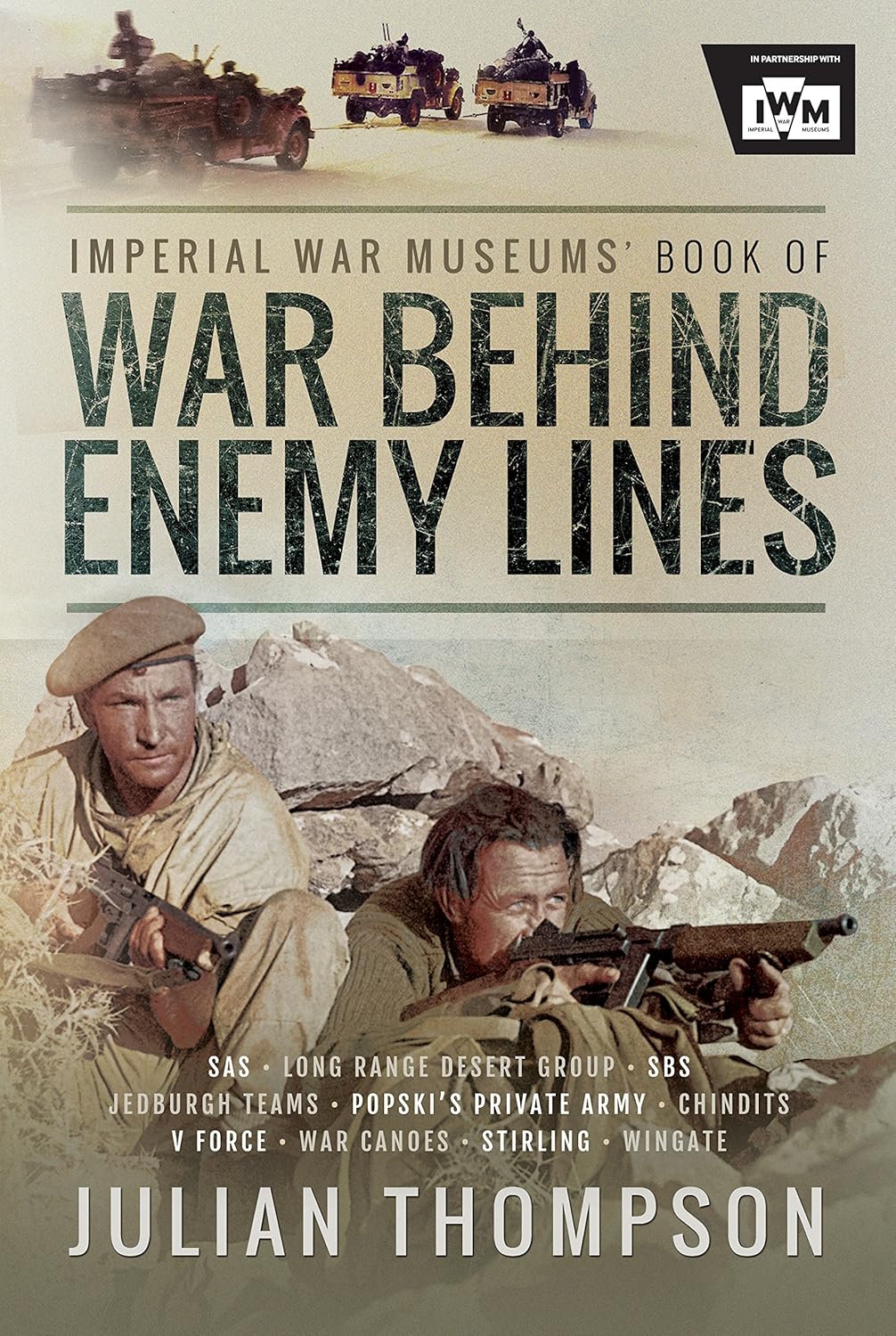War Behind Enemy Lines
Usually shipped within 24 hours
UK deliveries from £5.95
Delivery & Returns
Delivery & Returns
We use the Royal Mail, DHL Express or UPS for our customers. For UK addresses, deliveries under 10kg are a standard £4.95 via Royal Mail Tracked 48 Service. For orders over 10kg and overseas customers, postage is calculated for you at checkout once you have entered your postal address. This price, does not include any potential custom charges that may apply, depending on the product or destination, as every country has very different import duties / taxes. Online exclusive products (such as trainers) will be delivered to you directly from the printer, separate from other items in your order, but your postage fee covers ALL items in your order.
If you are unhappy with your purchase, please email shop@tankmuseum.org within fourteen (14) working days of receiving your goods, and return it to us at the address below, in its original condition, unopened (with any seals and shrink-wrap intact) and we will issue you a full refund or replace it. Goods must be returned at your own cost. If the item is faulty, you do not need to return it, we will send you a replacement free of charge.
Description
Description
By Julian Thompson & The Imperial War Museum
Hardback
War Behind Enemy Lines tells the unvarnished story of British Special Forces in the Second World War.
While the SAS and SBS remain household names today, there were a plethora of lesser known units, large and small, that played their part before departing the scene. Of special note was the Long Range Desert Group (LRDG) formed in North Africa who imparted their skills to David Stirling's SAS in the early days.
The Special Boat Sections and Squadron and other Royal Marine units inflicted great damage. Popski's Private Army used heavily armed jeeps effectively in Italy while the Jedburghs parachuted in to assist the French Resistance. In Burma, the Chindits, under the controversial Orde Wingate, conducted deep penetration patrols against the Japanese, suffering heavy casualties from enemy action and disease.
Drawing on personal accounts as well as official records, the author paints a vivid picture of the operations and contribution of these and other units. He also analyses, using his own experience, the reasons for the resulting successes and failures. There is unlikely to be a more comprehensive and authoritative account of the 'Golden Age of British Special Forces'.
![War Behind Enemy Lines Book [variant_option4]](http://tankmuseumshop.org/cdn/shop/files/A1gzsNLJdlL._SL1500.jpg?v=1759151784&width=1214)

![War Behind Enemy Lines Book [variant_option4]](http://tankmuseumshop.org/cdn/shop/files/A1gzsNLJdlL._SL1500.jpg?v=1759151784&width=88)
![Tank Museum Playing Cards Game [variant_option4]](http://tankmuseumshop.org/cdn/shop/files/ProductShoot_10_10_2025035.jpg?v=1760358498&width=176)
![Tank Museum Wrapping Paper - Two sheet pack Wrapping Paper [variant_option4]](http://tankmuseumshop.org/cdn/shop/products/Wrapp_Paper_All.jpg?v=1748337915&width=176)
![War Behind Enemy Lines Book [variant_option4]](http://tankmuseumshop.org/cdn/shop/files/A1gzsNLJdlL._SL1500.jpg?v=1759151784&width=640)



